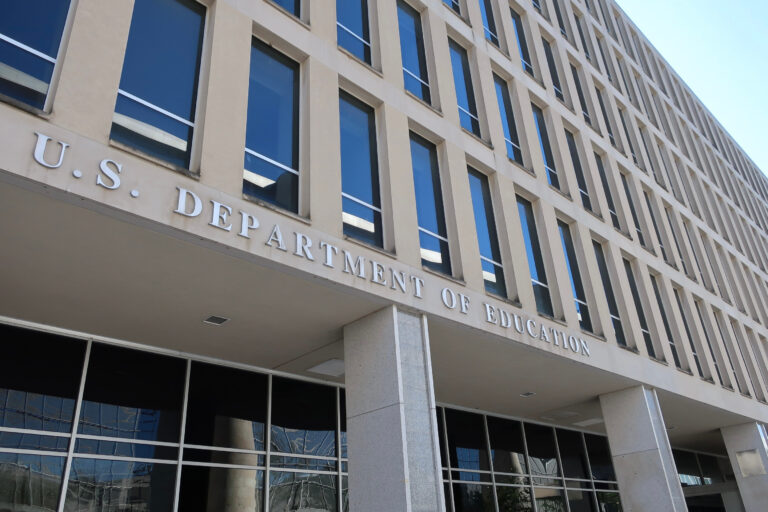Last week, the Departments of Education (ED) and Health and Human Services (HHS) issued long-awaited guidance to help schools address growing concerns about mental health for K-12 children, superseding the twenty-year-old School-Based Administrative Claiming Guide.
The guidance, “Delivering Services in School-Based Settings: A Comprehensive Guide to Medicaid Services and Administrative Claiming,” clarifies flexibilities available to schools and state agencies providing health care services to students enrolled in Medicaid or the Children’s Health Insurance Program (CHIP).
The impact will be significant.
Nearly 42 million children were enrolled in Medicaid or CHIP this January. Still, many are not benefiting from the school-based services they can qualify for because of eligibility confusion or paperwork burden—and there’s a lot that school officials may be missing.
Since 2014, school-based services can be covered for any student enrolled in Medicaid or CHIP—with or without an individual education plan (IEP)—for any Medicaid-covered services in the state, including routine preventive care, behavioral health, and ongoing primary care and treatment.
The guidance comes in at 183 pages of clarification and new resources. Amongst the bounty, the guidance:
- Broadens the range of providers. The guidance provides examples of the wide range of providers, such as telehealth, that can participate in Medicaid and furnish covered services within school settings. Medicaid and CHIP agencies can cover services that may be more convenient to schedule and receive through telehealth, such as therapy services, thereby increasing uptake of the services, where clinically appropriate.
- Clarifies access to services regardless of setting. Often, states have different Medicaid payment qualifications for school-based services and non-school-based services, making it difficult for schools to submit and receive payments for critical student services. The new guidance directs states to remove the distinction between school-based and non-school-based providers to receive Medicaid benefits. Access-to and quality-of care should be consistent across all settings.
- Simplifies billing and reporting methodologies for districts. The guidance, for example, provides a list of payment methodologies that a state can use to simplify the reimbursement process for districts. It also encourages states to provide payments directly to schools without large administrative fees.
There’s a lot of valuable and new information in the resource, but remember that guidance is only guidance. Each state administers its own unique Medicaid and CHIP programs, with different eligibility standards, provider requirements, payment methods, and reporting requirements. It will take time before the guidance makes it into practice. Nevertheless, this is a big step in the right direction to improving mental health services for K-12 children.




